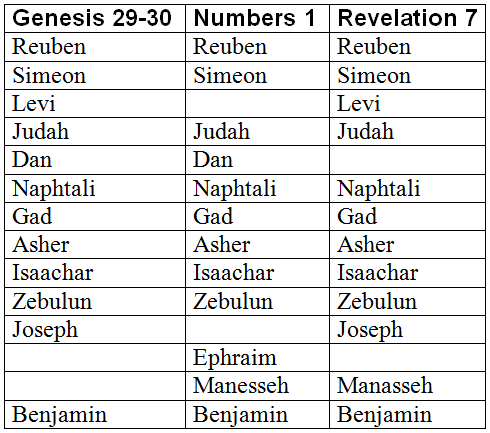Title: The Origins of the Philistines in the Bible
Introduction:
The origins of the Philistines have long been a subject of scholarly inquiry, and the Bible offers valuable insights into their early history. This essay delves into an exploration of the biblical narrative, aiming to gain a deeper understanding of where the Philistines came from according to biblical accounts. By analyzing key biblical texts, such as the Book of Genesis, the Book of Exodus, and archaeological evidence, we can piece together a comprehensive picture of the Philistines’ origins and their significance in ancient Near Eastern history.
1. The Philistines in the Book of Genesis:
According to the Bible, the Philistines were one of the nations descended from Noah’s son, Ham. In Genesis 10:14, they are listed as descendants of Mizraim, who settled in the land of Canaan. Although the specifics on their arrival in the region remain relatively elusive, this passage suggests that the Philistines were already present in the land at an early stage.
2. Philistines as Sea Peoples:
Another biblical account regarding the origins of the Philistines associates them with the “Sea Peoples.” In the Book of Exodus, Exodus 13:17 mentions that God led the Israelites by a longer route to avoid encountering the Philistines, hinting at their existence as a significant force that threatened the Israelites. Some scholars propose that the Philistines were part of the broader migration of the Sea Peoples, who arrived in the Mediterranean region during the late Bronze Age.
3. Arrival in Canaan:
The Bible does not provide explicit details about the Philistines’ arrival in Canaan. However, archaeological evidence corroborates the biblical account of Philistine presence in the region around the 12th century BCE. Excavations of ancient Philistine cities, such as Ashkelon, Ashdod, and Gaza, have revealed a distinctive material culture and architectural style consistent with other Sea Peoples’ settlements.
4. Conflict with Israel:
The Bible describes numerous conflicts between the Israelites and the Philistines, most notably the story of Samson and Delilah and the famed battle between David and Goliath. These accounts highlight the deep-rooted antagonism between the two peoples, demonstrating the Philistines’ strategic presence in the region.
5. Cultural Distinctions:
Throughout the biblical account, the Philistines are portrayed as distinct from the native Canaanite population. The Philistines upheld a unique religious and cultural identity, which included the worship of deities such as Dagon and Baal-Zebub. Their cultural practices, material artifacts, and language set them apart from the Israelites and other indigenous populations.
6. Integration into the Canaanite Society:
While the Philistines maintained their cultural distinctiveness, they also assimilated elements of Canaanite culture. Interactions and exchanges between the Philistines and the local inhabitants likely resulted in mutual influences, leading to the development of a unique Philistine-Canaanite hybrid culture.
7. Philistines as a Political Power:
The Philistines emerged as a major political power in Canaan during the Iron Age, particularly during the period of the Judges and the reign of Saul. The Bible describes their iron technology and military prowess, which posed a constant threat to the Israelites and their aspirations for territorial expansion.
8. Decline and Disappearance:
By the end of the Iron Age, the Philistine civilization began to decline. Assyrian, Babylonian, and Persian invasions, as well as the expansion of the Neo-Hittite kingdoms, contributed to the erosion and eventual disappearance of the Philistine cities by the 6th century BCE.
Conclusion:
In conclusion, the origins of the Philistines, as recounted in the Bible, shed light on their complex history and their significance in the ancient Near East. While the Bible offers valuable insights into their genealogical origins and conflicts with the Israelites, archaeological investigations provide a more comprehensive understanding of their arrival in Canaan, cultural distinctiveness, and interactions with the indigenous population. The story of the Philistines, both within and beyond the biblical narrative, represents an intriguing chapter in ancient history that continues to captivate scholars and enthusiasts alike.


